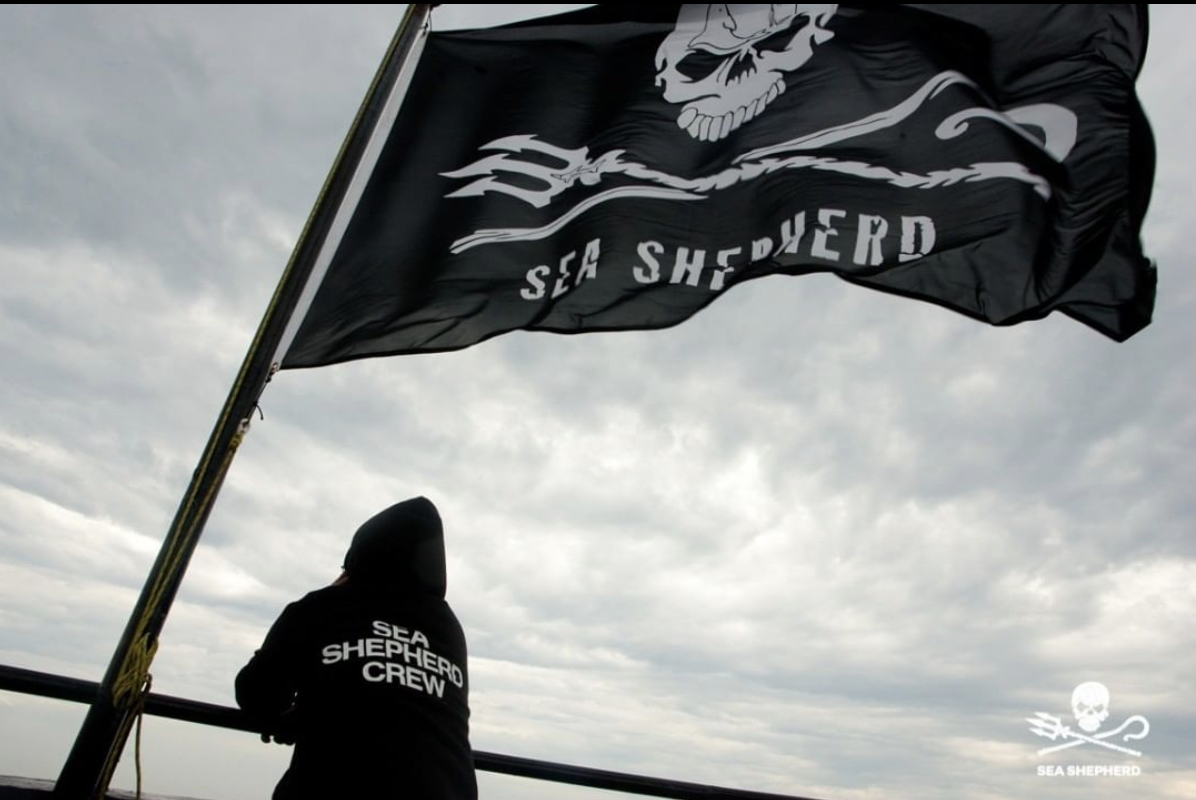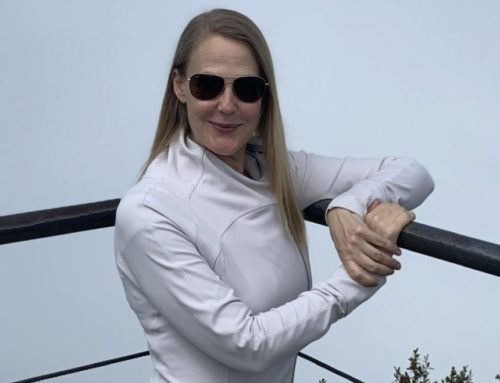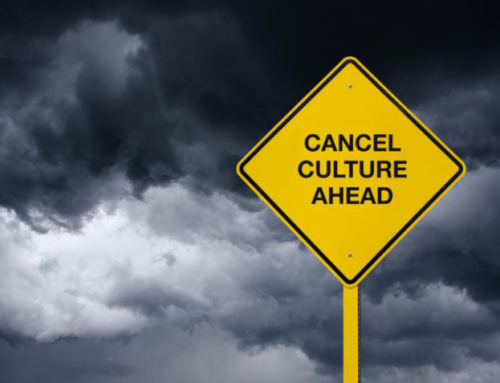“Sea Shepard Pirates are the first pirates of compassion that the world has ever seen”
– Paul Watson, founder, Sea Shepard Conservation Society
Branding on the High Seas
Pirates have long been compelling characters for storytellers and brands alike. From Captain Hook to Captain Morgan, pirates remain potent symbols of freedom and adventure.
But piracy is much more complex than Disney-style swashbuckling or spiced rum would have us believe. One activist group has embraced that complexity and assumed an unexpected brand identity: the compassionate pirate.
The Sea Shepherd Conservation Society takes inspiration from the history of piracy. They have adopted a distinct pirate flag as the logo of their environmental brand. But these pirates aren’t raiders. They’re protectors.
Sea Shepherd’s work recently gained attention following the 2021 Netflix documentary Seaspiracy. Their mission revolves around protecting marine wildlife from poaching and exploitation. Taking after their founder Captain Paul Watson, Sea Shepherd volunteers have boarded ships and roamed the oceans since 1977. In that time, they have saved thousands of sea creatures and put a stop to numerous illegal operations.
Lying at the nexus of vigilantism and stewardship, Sea Shepherd takes the notion of sustainability and flips it on its head. According to their environmental brand, sustainability means more than just smarter consumption and increased regulation. It means the dogged pursuit of those who act unsustainably.
In this sense, Sea Shepherd’s adoption of piracy as an environmental brand is as much a warning as it is a rallying cry.
Hoisting the Jolly Roger
Since the 17th and 18th century the sight of the pirate flag has been a potent symbol that grabs attention, implies urgency, and communicates a sense of rebellion against the status quo.
Whereas the original Jolly Roger historically motivated urgent action through fear of violence, Sea Shepherd leverages a different emotional urgency, the need to take action for the health of the Earth’s oceans.
The famed black and white pirate flag, the Jolly Roger, has adorned buccaneering vessels prowling the world’s oceans for centuries. But Sea Shepherd has traded the skull and crossbones (or crossed swords), for a skull depicting a dolphin and whale placed above a cross of Poseidon’s trident and a shepherd’s crook.
Paul Watson originally created the Sea Shepherd version of the Jolly Roger in response to criticism that accused his group of engaging in modern-day piracy.
Watson embraced the criticism as a branding opportunity. Though he doesn’t expect the actions of Sea Shepherd to be popular with everyone, Watson notes that “pirates get things done and tend to skirt the paperwork and red tape.” For those frustrated by the environmental failures of regulatory inaction, this is a powerful archetype.
Given that the “majority of the Earth’s surface lies in a state of anarchy and lawlessness,” wrote Watson, who better to protect those waters than “good pirates.”
Although all their ships are legally registered under the flags of various nations, Sea Shepherd always flies their black and white Jolly Roger.
A Pirate Brand Has Roots in Rebellion
Some critics have labeled the Sea Shepherds an eco-terrorist group. But pirates have always inspired fear in their enemies. Whether pirates were seen as heroes or scourges typically depended on one’s interests.
Pop culture depictions of pirates today often emphasize violence, drinking, and criminal behavior. But pirates had many admirable qualities, too. They were known for their strict social codes and as champions against brutal colonial oppression. Pirates in the 17th and 18th centuries even liberated slave ships and eagerly accepted diversity amongst their ranks.
The pirate mythology fits the Sea Shepherds. They see their work as more than simply confronting poachers, but in committing to a code of ethics. Their lives revolve around prioritizing the global ecosystem over corporate profits.
This code of ethics stretches beyond the seafaring side of the operation. About 85% of the donations received by Sea Shepherd go towards educational programs exposing the unethical and destructive realities of industrial fishing.
Sea Shepherds also work alongside national and international government agencies to investigate illegal fishing operations. Though it is difficult for government officials to publicly associate themselves with these ocean-protecting pirates, the work is underway.
To Paul Watson and his followers, the Sea Shepherd brand captures the battle, ethos, and sacrifice involved in their environmental mission. Using compassionate piracy, the brand evokes the urgency, action, and rebellion required to do what’s right to protect our oceans.
An Empowering Brand
By translating piracy into courage, Sea Shepherd empowers environmental activism in a unique way that brings a swagger to fight against anyone exploiting the oceans.
Fact for Thought
1,200-tons
A 1,200-ton ship in Sea Shepherd’s fleet is named Bob Barker in honor of a $5 million donation the prominent television host made to the group. The ship is a retired Norwegian whaling vessel.
Enjoying Overhead Space? There’s More to Love.
Subscribe to Overhead Space to receive mind-expanding content that helps you connect the dots in new ways.




